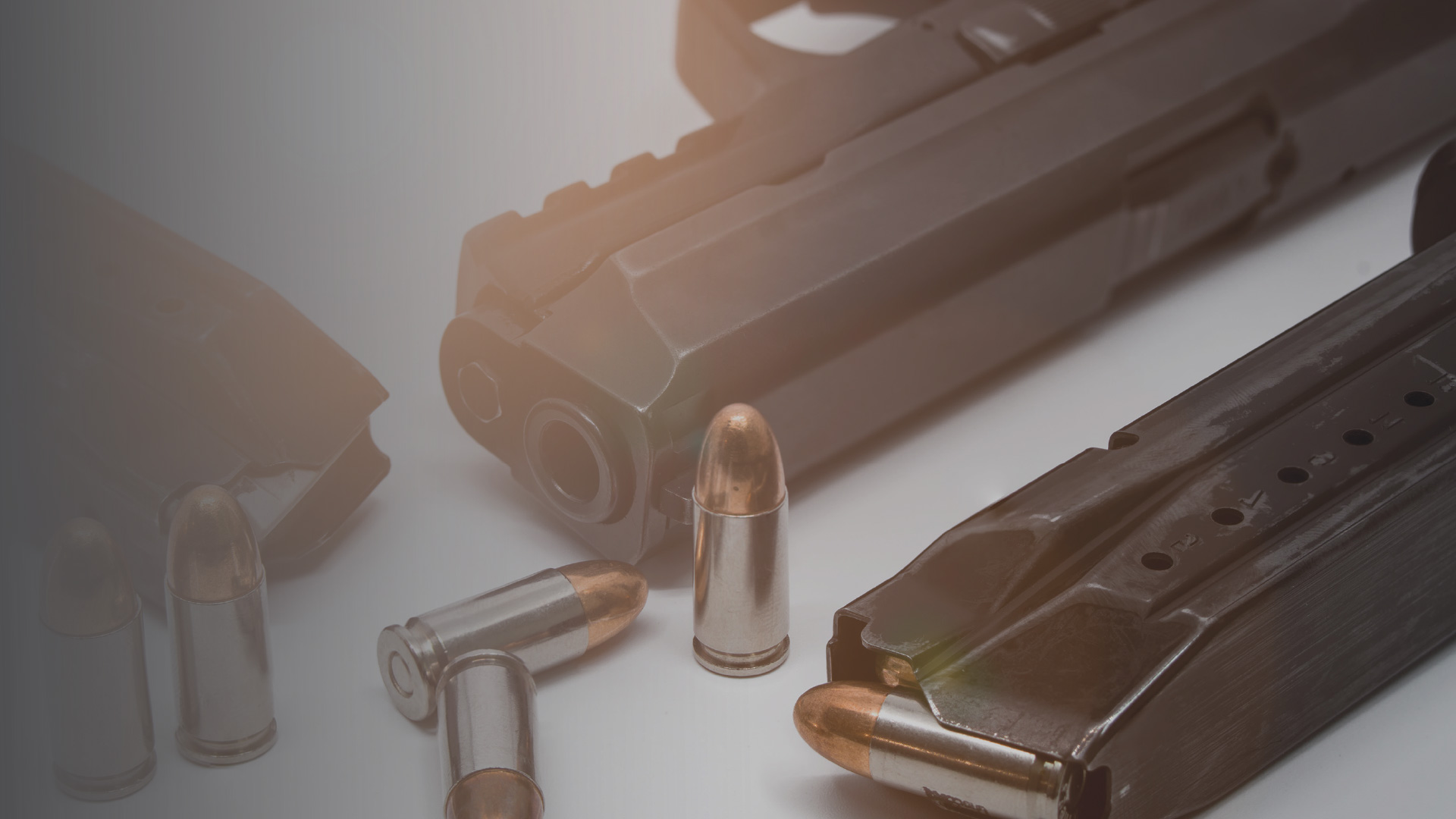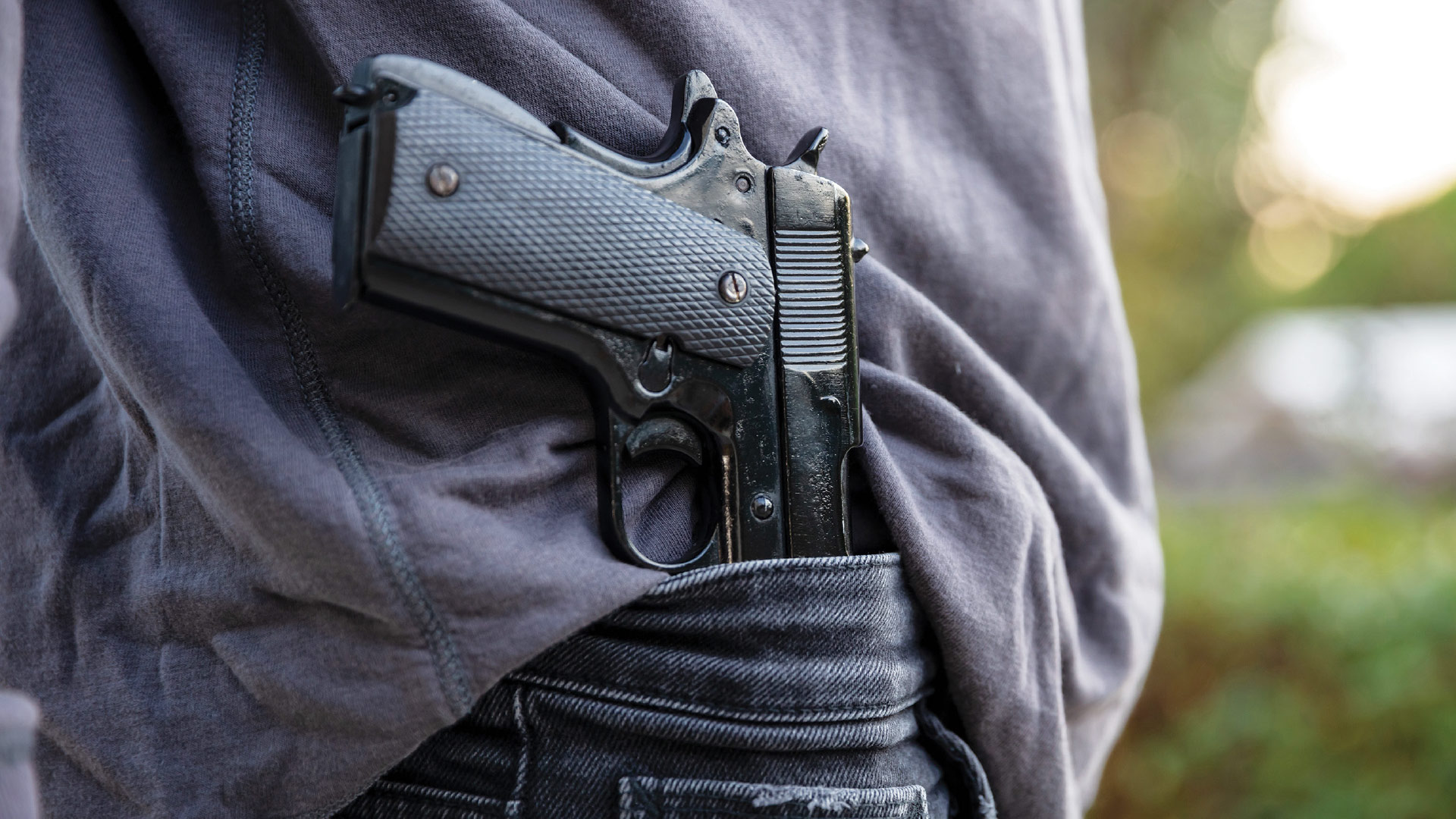Court Issues Mixed Ruling on Expansive Definition of “Sensitive Places” Where CCW Permits Are Invalid

DAVID E. MASTAGNI
Partner
Mastagni Holstedt, APC
TIMOTHY K. TALBOT
Principal
Rains Lucia Stern St. Phalle & Silver, PC
On September 6, the Ninth Circuit Court of Appeals issued its long-awaited ruling on California’s Senate Bill 2 (SB 2), which effectively prohibits permitted concealed carry of firearms in most of the state (Wolford v. Lopez, No. 23-16164, 2024 WL 4097462 [9th Cir. Sept. 6, 2024]). The split ruling upheld much of the injunction against SB 2 issued by the district court in May v. Bonta, but also reversed the lower court in several important regards. As a result, about half of the new SB 2 restrictions will become effective unless the opinion is superseded by an en banc review of the Ninth Circuit or by the U.S. Supreme Court.
Following the U.S. Supreme Court’s ruling in New York State Rifle & Pistol Ass’n, Inc. v. Bruen, 597 U.S. 1 (2022), California enacted SB 2 in an obvious attempt to evade the court’s ruling. In Bruen, the Supreme Court struck down as unconstitutional New York’s concealed-carry law that required an individual to prove “proper cause” existed before a concealed-carry license would be issued. The Supreme Court held that this “proper cause” requirement violated the Fourteenth Amendment because it prevented law-abiding citizens who have ordinary self-defense needs from exercising their Second Amendment right to keep and bear arms.
SB 2 eliminated the “proper cause” (good cause) requirement to obtain a CCW permit, but also defined most of the state as a “sensitive place” where even permit holders could not carry. PORAC President Brian Marvel provided a declaration in support of a request for injunctive relief against the new sensitive places expansions in May v. Bonta. After the district court enjoined enforcement of most of these definitions, the state appealed to the Ninth Circuit Court of Appeals.
David E. Mastagni and Timothy K. Talbot filed amici curiae briefs on behalf of PORAC, the California Association of Highway Patrolmen (CAHP), the California State Sheriffs’ Association (CSSA) and the Crime Prevention Research Center (CPRC) in the Ninth Circuit Court of Appeals.
The Ninth Circuit Court of Appeals consolidated our case (May v. Bonta) with Carralero v. Bonta and Wolford v. Lopez (a Hawaii state case), as all three actions challenged “sensitive places” definitions in each state’s legislative response to Bruen by designating most of the states as “sensitive places” where concealed firearms may not be carried. On September 6, the appellate court issued a published opinion addressing all the appeals.
In Bruen, the Supreme Court identified “settled” sensitive places (like legislative assemblies, polling places and courthouses) where carrying a firearm is prohibited. The Supreme Court concluded that laws restricting protected Second Amendment conduct must be “consistent with the Nation’s historical tradition of firearm regulation.” As to whether there are special places where the right to carry might be restricted without infringing on Second Amendment rights, the Supreme Court explained that the “historical record yields relatively few 18th and 19th century ‘sensitive places.’” Likewise, the Supreme Court cautioned that “expanding the category of ‘sensitive places’ simply to all places of public congregation that are not isolated from law enforcement” is too broad of a category and would essentially eviscerate the general right to publicly carry arms.
Importantly, the Ninth Circuit rejected the states’ asserted legal standard for applying Bruen. “For their part, Defendants suggest that, if a place shares some characteristic with one of the sensitive places identified by the Supreme Court, then that place, too, necessarily is a sensitive place — without much, or any, need to show relevant historical analogues. That view also is inconsistent with Bruen.” Instead, the appellate panel concluded:
“[T]he proper approach for determining whether a place is sensitive is as follows. For places that have existed since the Founding, it suffices for Defendant to identify historical regulations similar in number and timeframe to the regulations that the Supreme Court cited as justification for designating other places as sensitive. For places that are newer, Defendant must point to regulations that are analogous to the regulations cited by the Court, taking into account that it is illogical to expect a government to regulate a place before it existed in its modern form. For example, it makes little sense to ask whether the Founders regulated firearms at nuclear power plants.”
Citing United States v. Rahimi, 144 S. Ct. 1889 (2024), the Ninth Circuit panel further explained that “for both types of places, historical regulations need not be a close match to the challenged law; they need only evince a principle underpinning our Nation’s historical tradition of regulating firearms in places relevantly similar to those covered by the challenged law.”
Construing SB 2, the appellate panel affirmed the district court’s preliminary injunction to the extent that it enjoins restrictions on firearms at hospitals and similar medical facilities, public transit, gatherings that require a permit, places of worship, financial institutions, parking areas and similar areas connected to those places. The panel also affirmed the district court’s preliminary injunction with respect to the new default rule (aka the “Vampire Rule”) as to private property.

The panel reversed the preliminary injunction to the extent it enjoins restrictions prohibiting firearms at bars and restaurants that serve alcohol, playgrounds, youth centers, parks, athletic areas, athletic facilities, most real property under the control of the Department of Parks and Recreation or the Department of Fish and Wildlife, casinos and similar gambling establishments, stadiums, arenas, public libraries, amusement parks, zoos and museums; parking areas and similar areas connected to those places; and all parking areas connected to other sensitive places listed in the statute.
The Ninth Circuit’s seemingly incompatible legal treatment of the Vampire Rule in California and Hawaii warrants significant scrutiny. First, the appellate panel found a historical analogue to restrictions on carrying arms on private property based on two statutes, including an 1865 Louisiana law enacted after the Civil War that “prohibited ‘carry[ing] fire-arms on the premises or plantation of any citizen, without the consent of the owner or proprietor.’” The panel distinguished Hawaii’s version of the Vampire Rule based upon the severity of California’s version. The court noted:
“Although the state statutes are similar, they differ in one key respect. Hawaii’s law allows a property owner to consent orally, in writing, or by posting appropriate signage on site (Haw. Rev. Stat. § 134-9.5[b]). California’s law, by contrast, allows a property owner to consent only by ‘clearly and conspicuously post[ing] a sign at the entrance of the building or on the premises indicating that license holders are permitted to carry firearms on the property’” (Cal. Penal Code § 26230[a][26]).
Similarly, the court upheld the injunction against SB 2’s prohibition against carrying on public transportation on tenuous grounds. The court held:
“In sum, we hold that Plaintiffs are likely to succeed in their challenge to California’s broad prohibition on the carry of firearms on public transit. But we emphasize that our holding hinges on the law’s categorical nature. A ban on the carry of firearms on public transit almost certainly would be constitutionally permissible if the law allowed the carry of unloaded and secured firearms.”
The appellate panel sided with the state on banning guns in parks and similar places, citing a long list of 19th century examples of local government bans on carrying firearms in parks. According to the court, “[b]ecause many laws prohibited carrying firearms in parks, and the constitutionality of those laws was not in dispute, we agree with the Second Circuit and several district courts that the Nation’s historical tradition includes regulating firearms in parks.” The plaintiffs attempted to distinguish between municipal parks and “large, rural, and sparsely visited parks.” Because the suit raised a facial challenge to the park bans, the court held the plaintiffs could not establish this section was unconstitutional in every conceivable application.
Although both sides have declared victory, aspects of the ruling are disappointing to all parties. That disappointment, combined with the contradictory aspects of the appellate panel’s reasoning, may prompt the parties to seek en banc review or petition for certiorari. Ultimately, the district court will proceed with a hearing on the merits.
“PORAC appreciates the court’s consideration of the important self-defense rights raised in its amicus brief and hopes this partial vindication of Second Amendment rights encourages the Legislature to engage in a more balanced consideration of these complex issues,” President Marvel stated. “We urge the Legislature to work collaboratively with PORAC on future Second Amendment matters, rather than relying solely on one perspective. Considering the Ninth Circuit’s prior hostility toward Second Amendment rights, this partial vindication of self-defense rights may reflect a notable recalibration in the Circuit’s Second Amendment jurisprudence.”
About the Authors
David E. Mastagni is a partner with the Labor Department of Mastagni Holstedt, APC. He focuses on labor and employment law representation, including trial and appellate litigation in California and federal courts. David is an experienced Legal Defense Fund panel attorney and is admitted in U.S. District Court, Southern, Eastern, Northern and Central Districts of California, the Ninth Circuit Court of Appeals and the U.S. Supreme Court. He also provides legal analysis on legislation and testimony before the Legislature on behalf of PORAC.
Timothy K. Talbot is a principal at Rains Lucia Stern St. Phalle & Silver, PC, and manages the firm’s Sacramento office. Timothy is a member of the Collective Bargaining Practice Group and manages the Labor Litigation Group, where he oversees the firm’s representation of public- and private-sector employee associations and individual clients in litigation.
